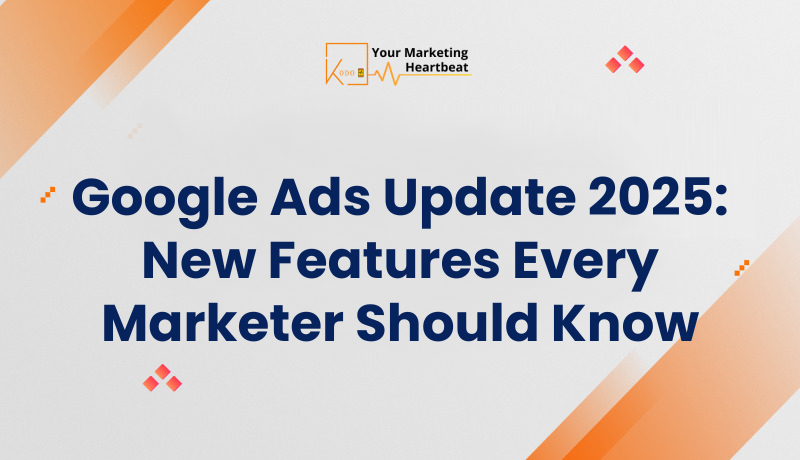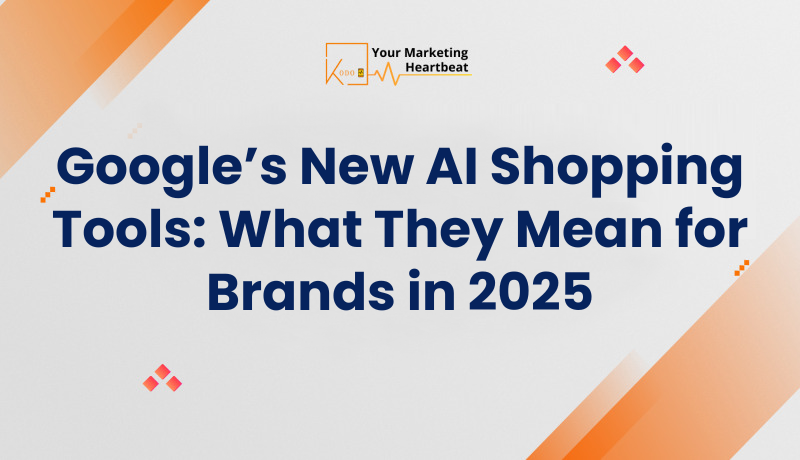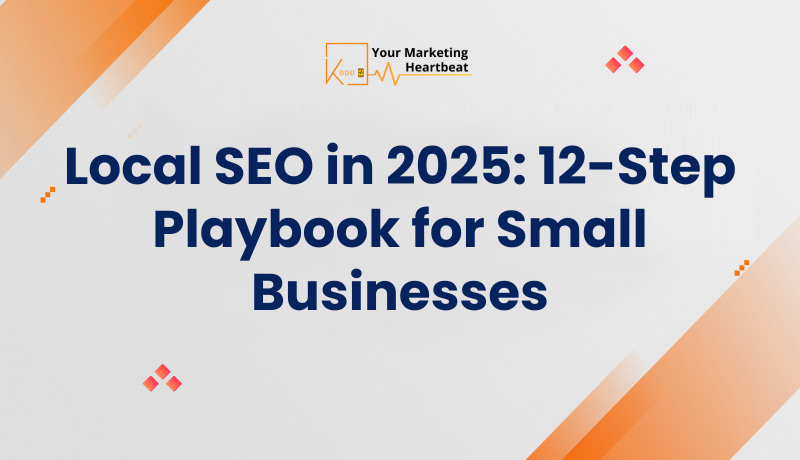
In 2025, Google Ads continues to dominate as the go-to platform for businesses seeking measurable, high-ROI digital advertising. With over 80% of global businesses leveraging Google Ads, the competition is tougher than ever — and that means staying updated with new features is no longer optional.
Google has rolled out several key updates this year designed to streamline campaign management, improve automation, and unlock smarter audience targeting. For marketers, advertisers, and brands, these changes represent opportunities to maximize performance while also navigating the challenges of increased complexity.
At Kodo Kompany, we’ve analyzed the 2025 Google Ads updates to break down what’s new, what matters, and how you can apply these features to grow your business.
Automation has been a growing trend for years, but in 2025, it has matured into a must-have feature.
AI-driven campaign optimization: Google Ads now uses advanced machine learning models to auto-adjust bids, placements, and creatives in real-time.
Smart Campaign Consolidation: Fewer manual campaign types, replaced with goal-driven AI models.
Predictive Audience Segments: AI now predicts which users are most likely to convert within your budget range.
Saves time by reducing manual bidding and segmentation.
Provides smarter campaign insights with explainable AI dashboards.
Aligns campaigns with business outcomes, not just clicks.
💡 Pro Tip from Kodo: Use automation, but don’t “set and forget.” Continuously feed the system with high-quality data — including negative keywords, custom conversions, and exclusions — to guide AI in the right direction.
Ad extensions are not new, but 2025 introduces more interactive and visually engaging formats.
Image Extensions 2.0: Now supports carousel-style visuals directly within search ads.
AI-Generated Sitelinks: Google auto-suggests relevant sitelinks based on user queries.
Form Extensions Upgrade: Lead forms are now more customizable with conditional questions.
Ad extensions significantly improve CTR (Click-Through Rate) and overall ad visibility. The ability to add interactive elements means your ad stands out in crowded SERPs.
💡 Pro Tip from Kodo: Test multiple ad extensions and measure performance. For e-commerce brands, combine image carousels + price extensions to showcase offers directly in search.
Google Ads has redefined bidding strategies to align more closely with performance-based marketing.
Value-Based Bidding: Instead of just targeting conversions, you can now set campaigns to optimize for customer lifetime value (CLV).
Profit-Maximization Mode: A new feature allows businesses to set profit margins as a goal, not just volume.
Auction-Time Adjustments: Bid multipliers are now calculated in real-time per user.
This update shifts the focus from vanity metrics (clicks, impressions) to true business outcomes.
💡 Pro Tip from Kodo: For service-based businesses, set value-based bidding with offline conversion imports (like call leads, form fills, CRM data).
Google has introduced AI-powered campaign health scoring.
Performance Scorecards: Campaigns now get a dynamic “health rating” with improvement suggestions.
Keyword Insights 2025: No longer just showing search terms — Google Ads now predicts future trending queries.
Competitor Benchmarking: Advertisers can see anonymized performance comparisons with peers in the same industry.
This helps brands move from reactive optimization to proactive strategy. Instead of waiting for performance drops, marketers get predictive alerts to fix issues early.
💡 Pro Tip from Kodo: Pay close attention to “future query” insights — they’re gold for building blogs, landing pages, and ad copy before competitors.
With video consumption skyrocketing, Google Ads now integrates short-form video placements across YouTube and partner sites.
Vertical Video Ads: Optimized for mobile-first audiences.
Interactive Poll Ads: Video ads can now include polls and CTAs.
AI-Powered Video Creation: Google’s Creative Studio helps generate ad-ready clips using product feeds.
Short-form video is the most engaging format in 2025. With TikTok and Instagram dominating, YouTube is catching up — and Google Ads is ensuring brands stay competitive.
💡 Pro Tip from Kodo: Repurpose Instagram/TikTok creatives into YouTube Shorts Ads for maximum ROI.
With third-party cookies officially phased out, Google Ads now operates on Privacy Sandbox APIs.
Topics API: Replaces cookie tracking with category-based targeting.
FLEDGE: Supports retargeting in a privacy-compliant way.
First-Party Data Integration: Businesses can connect CRMs directly to Google Ads.
Brands can still reach the right audiences without violating privacy rules. First-party data becomes the king of 2025 marketing.
💡 Pro Tip from Kodo: Build a data strategy that combines website analytics, CRM, and customer journeys to fuel better ad targeting.
Dynamic Shopping Ads Upgrade: Real-time product feed optimization with AI.
Price Competitiveness Metrics: Google shows how your prices compare in ads.
Buy Now Buttons: Direct checkout buttons inside ads streamline conversions.
For e-commerce brands, this means fewer clicks to purchase and better transparency on pricing.
💡 Pro Tip from Kodo: Sync Google Merchant Center with Google Ads and leverage dynamic remarketing for abandoned carts.
Audit Current Campaigns: Identify which updates you can apply right away.
Test New Features Early: Be the first in your niche to use image carousels or AI bidding.
Invest in First-Party Data: Privacy-first campaigns will outperform cookie-based ones.
Align KPIs with Business Goals: Shift from clicks to CLV, profit, and engagement metrics.
Upskill Your Team: Train marketers on automation, AI insights, and video-first advertising.
Google Ads 2025 is not about doing more—it’s about doing smarter marketing with AI, automation, and privacy-first strategies.
For businesses, the message is clear: embrace these updates early, or risk falling behind. At Kodo Kompany, we help brands stay ahead by turning these updates into practical, ROI-driven campaigns.
🚀 Ready to optimize your Google Ads strategy for 2025? Let’s connect today.



April 23, 2024